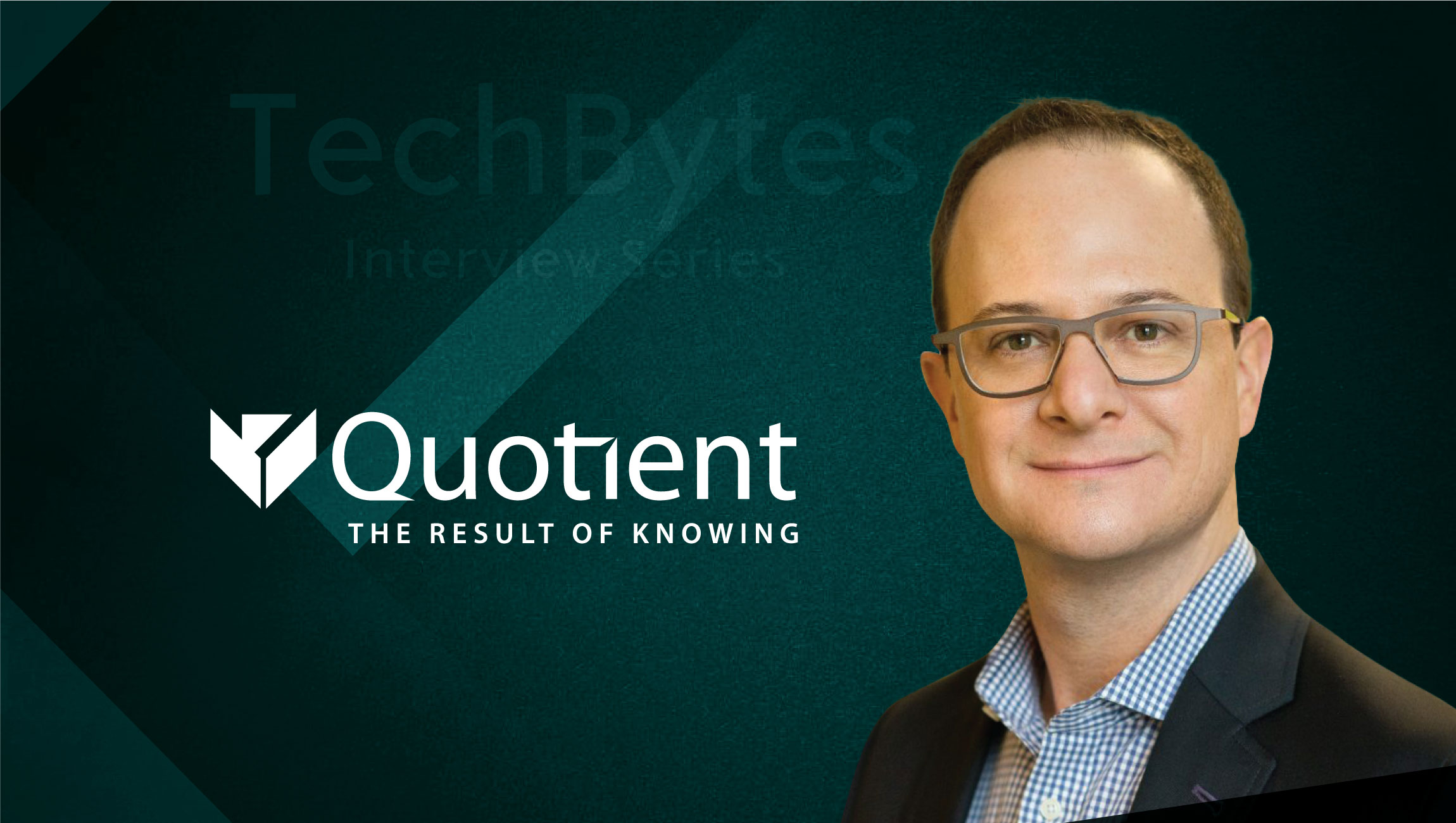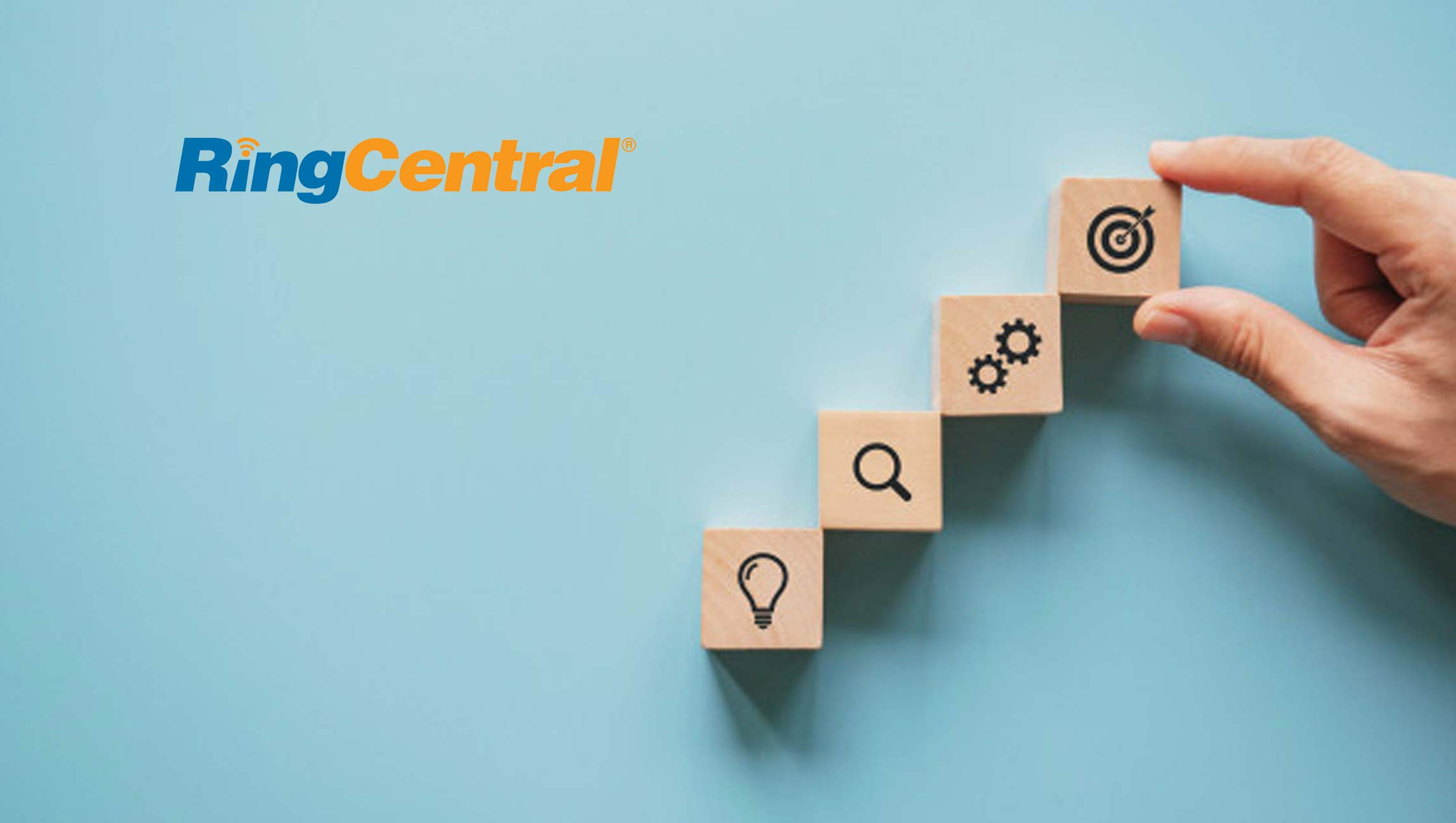Hi Blake, please tell us about your current role and how you arrived at Quotient.
I lead Quotient’s Analytics and Insights team as the Senior Vice President of Analytics. Data and analytics are at the core of everything we do at Quotient, allowing us to power media and promotions with exclusive data, measure outcomes, and optimize performance over time to make our partners more successful.
I was excited to come aboard in 2016 after working in marketing effectiveness, measurement and brand innovation for over 20 years. Building an analytics and insights discipline to help power a cutting edge digital marketing company was a unique opportunity. I am proud to continue my work with Quotient, a company that has wholeheartedly embraced the use of data to help advertisers and retailers grow and build brands and thrive in a dynamic and innovative ecosystem.
What is Quotient and what are your various services / solutions?
Quotient is a leading digital media and promotions technology company. We create cohesive omnichannel brand-building and sales-driving opportunities that deliver valuable outcomes for advertisers, retailers and consumers. Some of our activation channels include digital display, digital out-of-home, social media and promotions to reach audiences with the right message across touchpoints throughout the consumer journey.
Our platform is powered by exclusive consumer spending data, location intelligence and purchase intent data. This allows us to reach millions of shoppers daily and deliver measurable, incremental sales. We are proud to partner with leading advertisers and retailers, including Clorox, Procter & Gamble, General Mills, Unilever, Albertsons Companies, CVS, Dollar General and Peapod Digital Labs, a company of Ahold Delhaize USA.
How is the post-cookie era shaping up for the advertising landscape? What major changes do you expect to happen once advertisers move past the cookies technology?
The need for data isn’t going anywhere, nor will the value in targeting specific consumers, but we will see technology adapt rather rapidly to meet mutual needs of advertisers, publishers and consumers. Advertisers once relied on third-party cookies to track consumers’ behavior across the Internet. Unlike first-party cookies, third-party cookies do not originate on the website with which they are found. They are placed there by advertisers looking to gain more information. This behavior has already been extinguished by Firefox and Safari, and now Chrome (which represents over half of the market share of leading desktop internet browsers in the US) will do the same in 2022. This is an eventuality that advertisers need to start planning for.
Instead of relying on third-party cookies, brands will now need to increase their focus on building first-party data and embrace new technologies to access other sources of behavioral data. For example, if an organic food brand is trying to reach organic-buying consumers through a specific recipe website, the brand would have historically relied on third-party data to follow consumers throughout their dot-com journey. This information offers insight into the websites consumers frequent, which brands they are interested in buying and the types of content they wish to peruse. All of that data could then be used to form a targeted campaign to reach those particular shoppers.
Without third-party cookies, we’ll likely see advertisers strengthening relationships with publishers and other identified environments to gain access to consumer behavior and insights. In addition, a number of companies in the ad tech ecosystem are facilitating cross channel linkages between advertisers and publishers with new deterministic identifier solutions that address privacy concerns associated with cookies. It’s likely we’ll see a number of solutions from different players with a level of collaboration to enable interoperability. Advertisers will need to invest considerable time understanding and experimenting with these new solutions in 2021.
Why is the upcoming shift away from third-party cookies a chance for advertisers to correct that, by using first-party data and other creative ways to reach consumers where they are?
As third-party cookies are phased out, brands have a tremendous opportunity to get closer with consumers. Right now, data is a mystery to most shoppers. They don’t know what or how much of their data is collected, and they don’t know how it’s being used. They’ve become increasingly concerned about this and have grown reluctant to share any information at all.
By moving away from cookies, brands can start anew. They can build relationships with consumers from the ground up, which will force them to think creatively about how they engage with customers. They can find new ways to build a value exchange that clearly highlights what shoppers get in exchange for the data they share and how that data will be used by the company collecting it.
The primary benefit here is trust. If the move away from third-party cookies results in newfound confidence for consumers—that their privacy is being protected and they have control over their data—that’s a good thing. And it will result in a very good experience.
That level of trust I believe can only be attained when consumers know how all this works, including data collection and tracking, and when they have a clear understanding of how to opt in or out of any program or promotion. When all questions have been answered and trust is regained, that will be the true win-win benefit for all.
How has today’s Mobile advertising technology landscape evolved in the post-pandemic era?
Mobile advertising has continued to increase in importance, and that hasn’t changed—even with people at home and within reach of a laptop or desktop computer. Consumers still often reach for mobile phones because they’re easy, convenient and they’re what people are used to using on a daily basis.
Returning to normal post-COVID will take time, and some consumer behaviors won’t return to pre-pandemic norms. We’ve seen a rapid increase in eCommerce sales in the past year. Consumers will continue to purchase more goods and services online and mobile is a growing share of those transactions. AI and machine learning will help retailers continue to innovate and provide a more seamless and personalized shopping experience. Mobile technology will continue to bring online and offline components of the purchase journey together. For example, digitized circulars, personalized weekly ads, digital coupons and personalized shopping lists are all being powered by new mobile technology.
It is also likely that the demand for and rollout of 5G technology will accelerate in the post-pandemic era. The pandemic created new patterns of working and studying from home and redefined commerce across a number of sectors. Those behaviors drove significant demand for bandwidth and increased connectivity speeds, which will persist in some form post-pandemic. With the heightened demand, networks have a greater incentive (and less risk) in accelerating the rollout.
How do you help customers unlock growth and boost company performance?
We sit at the heart of advertiser, retailer and consumer relationships to drive meaningful performance outcomes across digital media and promotions. We offer cohesive campaigns, reaching consumers with relevant messages across omnichannel touchpoints. Consumer journeys are not linear, which is why it’s so important to be present wherever they are, weaving together marketing strategies and tactics to create winning outcomes. For example, we can generate awareness with display and digital out-of-home, drive consideration with social media and increase conversions with digital promotions making sure that the right message is crafted at the right moment. We use our proprietary data and unique expertise in Retail Media to plan and deliver advertising and promotions to reach high value shoppers and drive conversion. With our digital platforms, we are able to be nimble to shift creative, messages and channels which has become valuable to our partners during the pandemic to respond to shifting local conditions. And, we measure everything with closed loop measurement to understand performance and optimize over time.
How have advertisers previously failed consumers by not showing them how their data is being used and how they are being targeted?
I don’t know that I would say they failed consumers, but it has led to the situation we have today, in which third-party cookies and IDFA are being questioned. We didn’t have to get this far, as an industry we certainly could have done a better job explaining the value exchange of the internet. Transparency can go a long way in instilling confidence in consumers, especially when brands, advertisers, apps and social media platforms are upfront about the data they are collecting and how it is being used. But as a result of all this, consumers are now more aware. They take privacy more seriously, and brands are starting to do the same.
How do you see consumer trust being a major benefit to advertisers; if people feel like their data is being protected and that they’re in control of it, that builds trust?
Absolutely. Consumers need and want to know how this works. They want to know what data is being collected; how it’s being used, shared or sold; and what benefits they can get from its usage. Some also want to know that they can opt in or out at any time. No one should have to share their data forever. But if the right opportunity comes along and they wish to benefit from the value that can only be attained by sharing data, I believe consumers will do so willingly as long as the process is easy and transparent. Brands that behave in this manner can build the level of trust that’s needed to establish a long and worthwhile relationship.
Your predictions on the future of Marketing automation in the era of AI ML / Robotics?
We’ll continue to see advances in marketing automation related to data integration, predictive analytics and personalization.
As the data landscape evolves with the elimination of third-party cookies and changes in IDFA, advertisers will seek data from more sources, in turn making their data ecosystems more complex. That data will need to be integrated to provide a single view of a customer and mined to identify growth opportunities, both of which require automation.
Predictive analytics will be further fueled by better data capture, AI and machine learning. As marketing has become more digital and addressable, data capture has increased dramatically, providing a foundation for learning and modeling of future events. We’ll be able to more reliably quantify growth opportunities, model scenarios, and predict campaign effectiveness, all of which will increase advertiser confidence in the digital ecosystem.
Consumers now expect customized experiences and AI and ML make this possible at scale. AI is lowering the cost of customized experiences in personalization, content creation and delivery. Improving the utility of ads via convenience or value, for example, is exciting because it improves the overall value exchange in the ecosystem.
A technology in advertising that you are keenly following and expect to become a major disruptor in the coming months –
Voice technology in mobile applications is a trend I’m following and has the potential to be a disruptor in the post-COVID era. Adoption of smart home devices continues, with ownership of smart speakers topping 24% of US households. With consumers becoming accustomed to that type of convenience and greater functionality, they will come to expect it in mobile apps. And, as apps become more sophisticated, they can become more challenging to navigate with physical interaction. Combine that with heightened awareness of germs and physical contact with surfaces, and I think consumers will continue to demand voice first experiences.
Thank you for answering all our questions!
Blake Burrus is a SVP of Analytics at Quotient Technology

Quotient is the leading digital media and promotions technology company that creates cohesive omnichannel brand-building and sales-driving opportunities to deliver valuable outcomes for advertisers, retailers and consumers. The Quotient platform is powered by exclusive consumer spending data, location intelligence and purchase intent data to reach millions of shoppers daily and deliver measurable, incremental sales.











